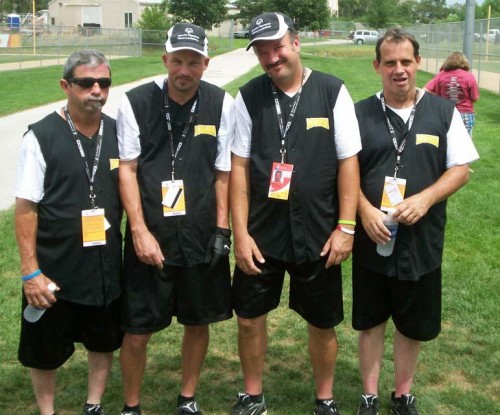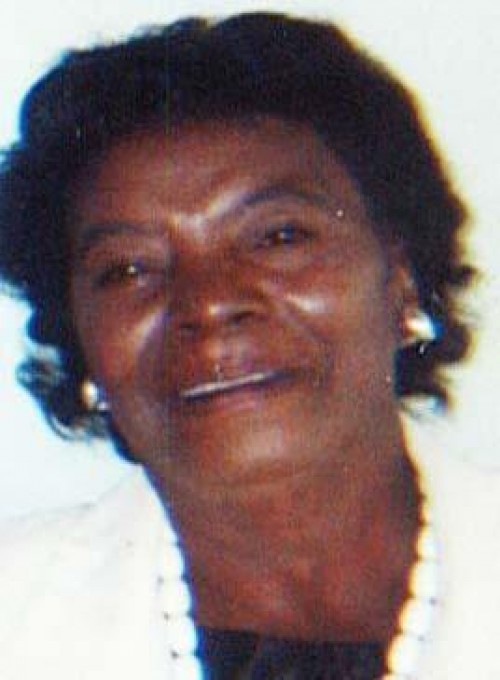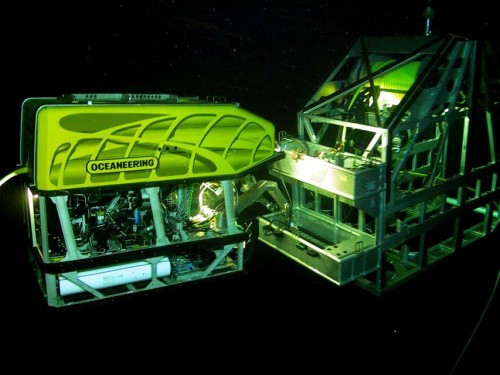
Terrebonne special athletes go for gold
September 21, 2010
Geraldine Spencer
September 23, 2010Oil and politics are on the brink of divorce.
Why? Somewhere along the way, oil apparently became a four-letter word at the White House.
According to Jerry Gauthier, vice president of Oceaneering International in Morgan City, oil and politics are “a marriage that’s in serious trouble.”
Gauthier also manages the Americas, which includes Oceaneerings ROVs and underwater cameras, the two main underwater lifeguards that helped cap BP’s Macondo oil well.
“The oil and gas industry has tried everything it can to appease the current administration in the White House, yet, [the Obama administration] prove time and time again that they clearly have it in for fossil fuels. Oil is a four-letter word in the White House,” Gauthier said.
But the animosity, he contends is unnecessary.
“It shouldn’t be where it is today,” he explained. “What happened with BP was a problem BP had with their well profile.
“If someone were to ask me a week before the accident happened whether or not this could happen in our industry in deepwater, I would have said, ‘No way.’ There are enough fail safes,” he added. “There are enough backups this this should have never happened.”
The mistakes leading up to the April 20 explosion on the Deepwater Horizon, which claimed 11 lives and sent millions of gallons of crude into the Gulf of Mexico, were specific to Macondo, Gauthier contends. “It wasn’t the industry norm,” he said. “I can assure you of that.”
However, the Obama administration’s reaction – essentially shuttering the oil and gas industry along the Gulf Coast – was overkill.
“Just like a plane crash, someone somewhere made a mistake to cause [the Deepwater Horizon disaster], whether it was the mechanic who did not properly service the plane’s engine or the pilot who didn’t flip the right button,” Gauthier continued. “It was a series of decisions that caused this kind of disaster.
Of the 33 rigs currently shut down in Louisiana’s deepwaters, Oceaneering was operating ROVs for 29. Gauthier said in his discussions with these rig operators, most are hopeful the administration will lift the moratorium early or establish its new rules by Dec. 1 so deepwater drilling can resume.
“The moratorium to punish the entire U.S. oil industry is just unconscionable to me,” he said.
Oceaneering’s ROVs are built into the deepwater rigs, so when a platform is relocated elsewhere in the world, the ROVs relocate as well. “When they set sail for Brazil or West Africa or Aberdeen, Scotland, we’re going to tag along with these rigs because the world is crying for oil,” Gautheir said.
Since the six-month moratorium on deepwater oil exploration went into effect, Gauthier said the Obama administration has sought to punish one group: American offshore oil and gas workers.
Further complicating matters, Obama recently announced a move to finance offshore oil drilling abroad – including approving a $2 billion loan to develop Brazil’s Tupi oil field – a huge offshore discovery.
“Is it OK for the Obama administration to loan this kind of money to a foreign company, especially one linked to one of President Obama’s biggest supporters – George Soros? I don’t get it,” Gauthier said. “There is a war against the oil and gas industry in America launched by the current administration. It’s a mess. It’s totally unfair and it doesn’t make any sense.”
And although the initial moratorium targets deepwater drilling, Gauthier said permitting for inland projects have slowed to a trickle. “We can’t even get permits to drill on the shelf close to land. It’s just unconscionable.”
He said the “Let’s Go Green” philosophy heralded by Obama punishes the oil and gas industry and people who depend on the industry for a living.
“Don’t get me wrong,” Gautheir said, “I’m all for alternative energy. But it ain’t gonna happen overnight.”
Oceaneering International’s Darryl Rundquist, a senior ROV operations manager, said the company has built more than 250 ROV systems since 1995. The units have the capability to work 10,000 feet below the sea and to perform search and recovery work 25,000 feet below the sea.
There are 80 ROVs operating in the Gulf of Mexico and 15 are at the plant on standby.
Morgan City is home to the world’s largest ROV manufacturing facility.
Within an hour of the BP rig explosion in April, Oceaneering sent two vessels equipped with ROVs were onsite, Rundquist said.
Oceaneering spent the first two days of the incident setting up crisis intervention for the families whose loved ones were on the rig. “We got the call at 10:30 p.m. and by 11:30 or midnight, two of our vessels were there,” Rundquist said.
It took approximately a day to confirm who survived the explosion – including Oceaneering’s three employees who were assigned to work at Deepwater Horizon.
In all, 126 people were on board the rig at the time of the explosion. Eleven perished, none of whom were Oceaneering staffers.
Rundquist said within a half-month, the company had 16 ROVs assigned to the project. In all, more than 160 people were assigned to operate vessels and another 150 worked land support, he said.
From “The Hive” – BP’s command center in Houston – Oceaneering Offshore Superintendent Jim Miletich, worked the project. He was among a number of Oceaneering employees assigned to aid BP.
“A lot of thought and a lot of industry standards were used in the process of rescuing and solving this problem,” he said. “We were always fighting something … it wasn’t easy.”
According to Gauthier, Oceaneering made history by inventing more than 140 custom-engineered tools earmarked for jobs at the response site – hot tap, de-burring and cleaning and pipe insertion tools, intervention panels, gasket removal and low pressure pipe plugs, remote pressure and wireless pressure transducers among them. “Many tools were fabricated and delivered within 24 hours,” he added.
And much of the technology will be applied to the ROVs to enhance future operations.
“It was a new task … a huge new undertaking,” Rundquist said. “We were in unknown territory with this.”
In all, Oceaneering logged 15,000 hours of dive time with only one hour of critical path downtime, he said. The company averaged 20 hours of dive time daily. Normal projects average only four hours of dive time.
Rundquist said the disaster will likely make deepwater drilling safer and better prepared. “We certainly can’t have the loss of life [again],” he said. “Conversely, we should not have this moratorium. It was – and is – overkill. We don’t shut down the airline industry when we have a plane crash.”
In the months Oceaneering spent responding to the Deepwater Horizon incident, Gauthier said the company’s has gained greater respect.
“Our response to this incident will make word of our reputation grow even more because of our staff and their response,” he said. “I’ve been told as much by BP executives.”
Oceaneering International ROVs and cameras transmitted underwater activity during the BP disaster around the world. Many of the ROVs used were manufactured in Morgan City, which is home to the world’s largest facility building ROVs today. COURTESY PHOTO













